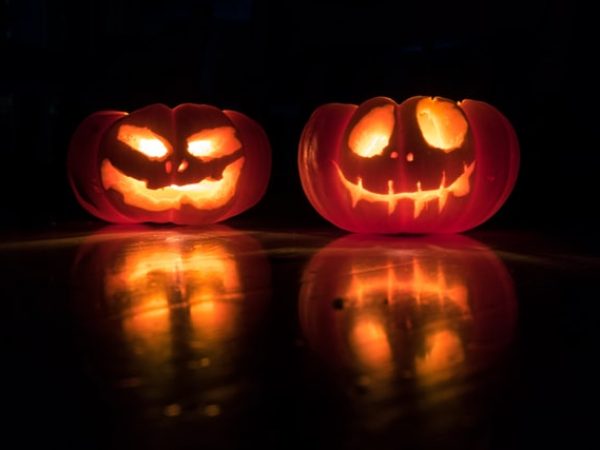Let’s get this out of the way first: poisoned candy is not a significant Halloween health risk.
Popular myth-busting website Snopes.com says that “police have never documented actual cases of people randomly distributing poisoned goodies to children on Halloween.” The cases typically used as examples of random poisonings have since been dismissed as self-poisonings (children finding a family member’s drugs) or family affairs (a family member lacing his/her own child’s candy with poison).
Injuries: If eating candy is not the largest Halloween health risk, what is? Pumpkin carving. The activity caused the highest number of Halloween-related injuries in 2011, according to the Consumer Product Safety Commission. Other injuries included burns, falls (which the CPSC attributes to ill-fitting costumes), and collisions due to impaired vision.
Car accidents: Pop quiz—in what area is Halloween ranked #1 in the US? If you guessed candy consumption, you would be correct. If you also guessed child pedestrian accidents and fatalities, you would also be correct. The National Highway Traffic Safety Administration (NHTSA) reports that between 1990 and 2010, 5.5 child-pedestrian fatalities occurred per year on Halloween, more than double the average of 2.6 on all other days of the year.
Alcohol abuse: Other than increased pedestrian traffic, what else is responsible for so many child-pedestrian fatalities on Halloween? Alcohol. According to the NHTSA, nearly half of fatalities on Halloween in 2012 were caused by a collision with a drunk driver. SCRAM Systems estimates that alcohol violations increase more than fourfold on the weekend closest to Halloween, and the National Institutes for Health claim that Halloween is one of the highest drinking days in a college student’s first academic year.
Contact lenses: The American Academy of Ophthalmology warns against wearing decorative, non-prescription contact lenses, which are not approved by the FDA. The AAO goes on to quote a 2015 study in which chlorine and iron were found in the colorants used on the lenses: one pair in the study seeped chlorine. Others were found to have an uneven texture, which could scratch the eyes, causing infection and blindness.
Fire: The United States Fire Administration reports that in the period around Halloween each year from 2011 to 2013, more than 10,000 fires were reported, killing 25, injuring 125, and damaging $83 million worth of property.







